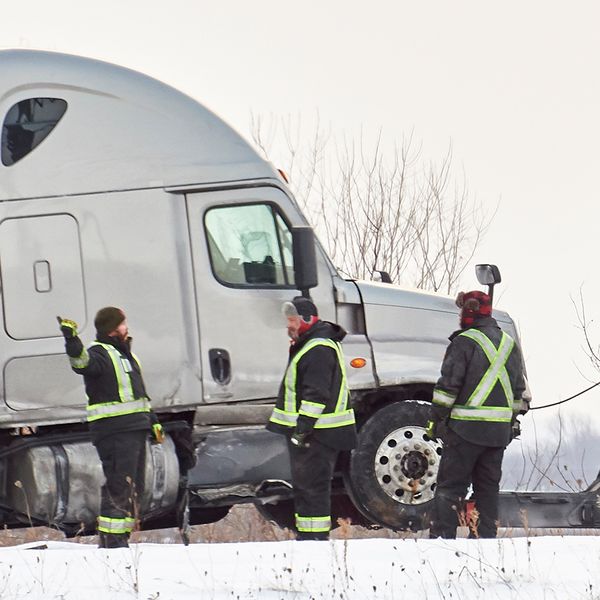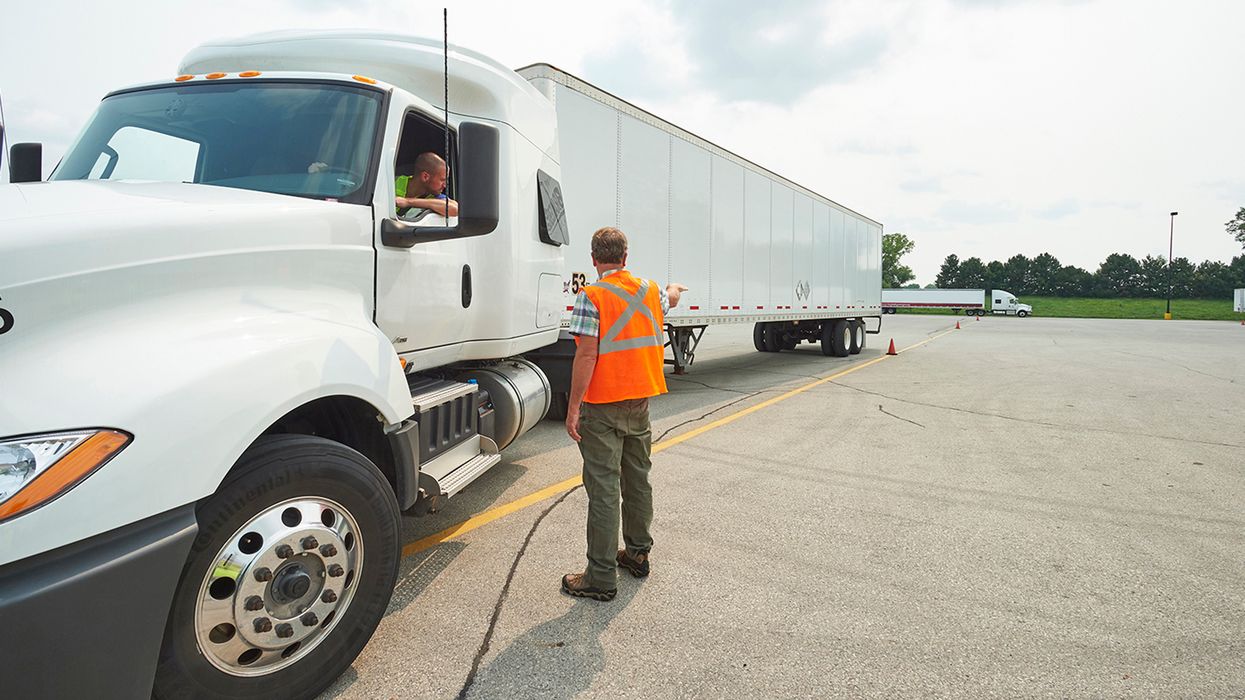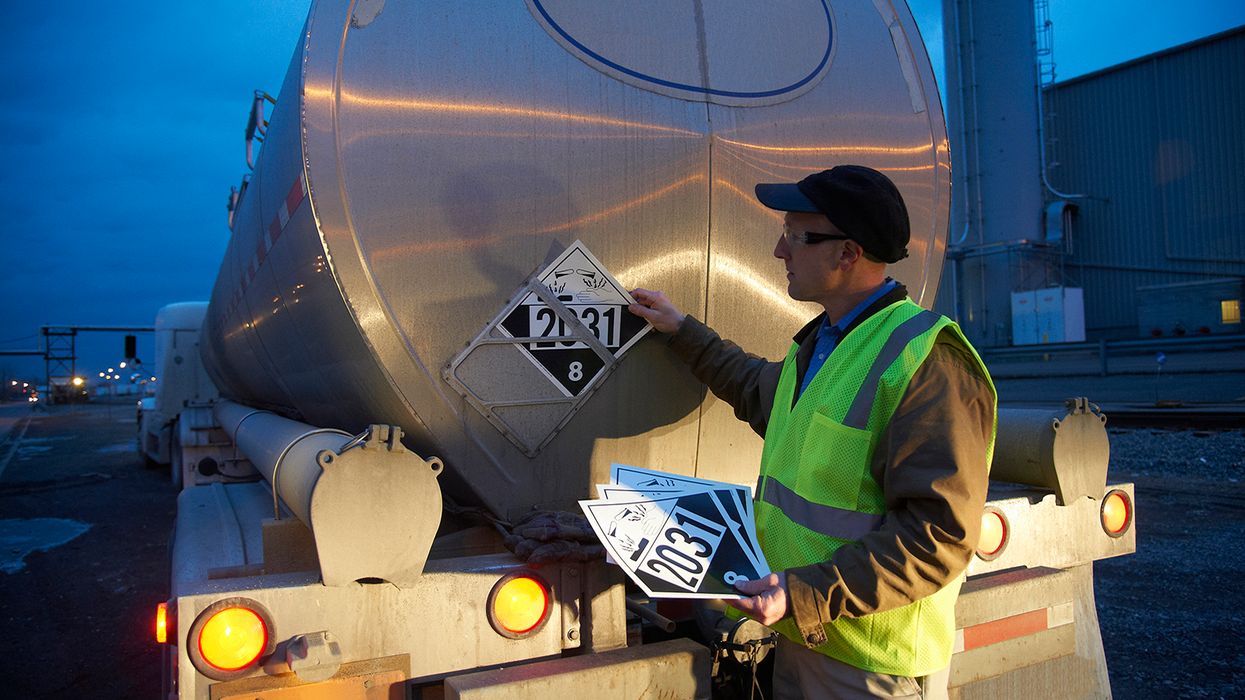5 winter weather driving tips
The first week of February marks the halfway point between the Winter Solstice and the Spring Equinox, meaning that we are through the first half of winter. The second half of winter typically brings colder temperatures and even the most experienced truck drivers have a difficult time driving on snow-packed and icy roads. This is a great time to discuss winter weather driving tips during a safety meeting.
1. Slow down
One bad habit many drivers develop is driving as fast as their traction allows when in adverse weather. A problem develops if the driver has neglected to consider visibility, as well as traction. Most accidents occur because drivers fail to adjust their speed based on the current road conditions. Drivers should always compensate for poor traction by reducing speed.
2. Perception matters
The driver must perceive that there is a hazard ahead that requires braking and make the decision to apply the brakes. The slower the driver is to decide, the more time and distance it will take to stop the tractor. Perception time can be anywhere from a fraction of a second to several seconds depending on attention span and visibility. Driving in winter weather takes extra focus and concentration.
3. Give yourself extra space
Drivers understand that stopping on wet roads can take twice the normal stopping distance but stopping on icy roads is much less of a science. It can often take ten times the amount of space to stop on icy roads, so drivers should always maintain 12 to 15 seconds of visibility. Ask your drivers how they can safely stop if they only have three seconds of visibility in heavy snow. With only a few seconds to work with, the driver may not even have enough time to make a sound decision and react.
4. Avoid anything sudden
Drivers should always avoid sudden braking or acceleration, but that is often easier said than done. In poor visibility, it can be difficult to avoid those sudden jerking moves. The key is to stay smooth and maintain a consistent speed, and the movement of the gas pedal must be gentle, gradual, and deliberate.
5. Make good decisions
The driver is ultimately responsible for safely arriving at the destination, and when in doubt, the driver should pull over. Dispatchers are not on the roads, so drivers must evaluate the current conditions and pull over if the environmental factors make driving too dangerous. Delivering freight is never more important than the lives of drivers and the general public.
Key to remember: Driving a commercial motor vehicle in winter weather takes time and patience, and even the most experienced drivers can benefit from these safe driving tips.

















































